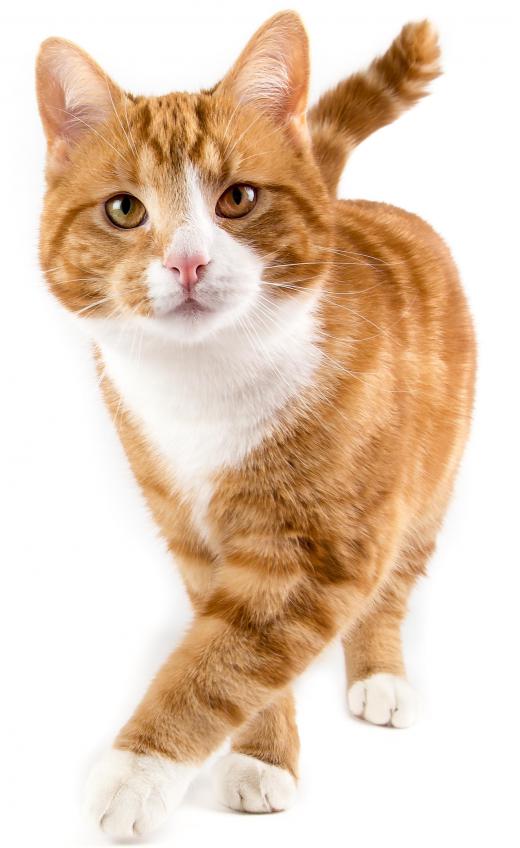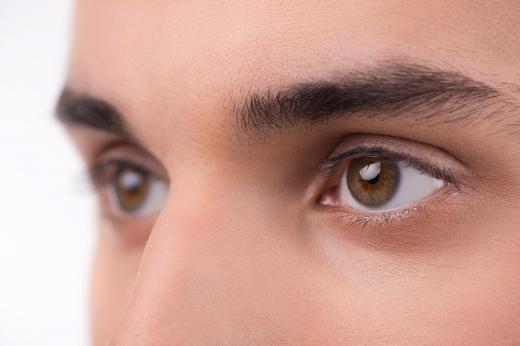What is Codominance?
 Mary McMahon
Mary McMahon
Codominance is a genetic trait where both of the alleles for a gene are equally strong, resulting in both being expressed simultaneously. This is sometimes confused with incomplete dominance, a phenomenon where the traits blend in their expression, as each trait expresses distinctly. In a simple example to differentiate the two, if a blue and yellow flower are crossed and a green flower develops, this is incomplete dominance. If the cross results in a yellow flower with blue spots, the traits for yellow and blue will express at the same time in codominance.
This trait has important implications for a number of inherited characteristics. One of the most famous is the ABO blood grouping system. A person can inherit two alleles for A blood, resulting in an A blood type, or two alleles for B blood, developing a B blood type. If one of each is inherited, the person doesn't have a blend of A and B, the patient has AB blood, expressing both alleles at once and demonstrating codominance. Conversely, neither A nor B alleles may be inherited, resulting in type O blood.

Understanding patterns of dominance and recession is a key aspect of genetics. People involved in breeding organisms must think about the patterns of genetic inheritance when selecting for specific desirable traits or attempting to eliminate bad ones. One result of codominance in animals and plants can be interesting color and coat patterns. People breeding chickens, for instance, might cross black and white birds to develop barred or spotted chickens, since the alleles for these colors are codominant. Likewise, tabby coats in cats are a result of codominance, caused by simultaneous expression of two different alleles.

In order to determine if a trait is dominant, recessive, or some variation thereof, people need access to records on multiple generations so they can follow the trait and see how it changes over time. In the example used in the first paragraph, researchers could track several generations of blue and yellow flowers and their offspring to see if the traits are codominant or incompletely dominant.
They might also find that one trait, like yellow, is dominant, with that trait always expressing when a flower inherits one blue and one yellow allele. In that case, the blue color pattern would be a recessive, with a flower needing two blue alleles to appear blue. Crossing blue flowers would always result in a blue offspring, but crossing a blue and yellow flower could result in a mix of blue and yellow offspring, unless the yellow flower had two yellow alleles, in which case all offspring would be yellow.
AS FEATURED ON:
AS FEATURED ON:












Discussion Comments
In humans, there are only three or four traits that are still thought to be simple dominant recessive with only two possible alleles.
Post your comments